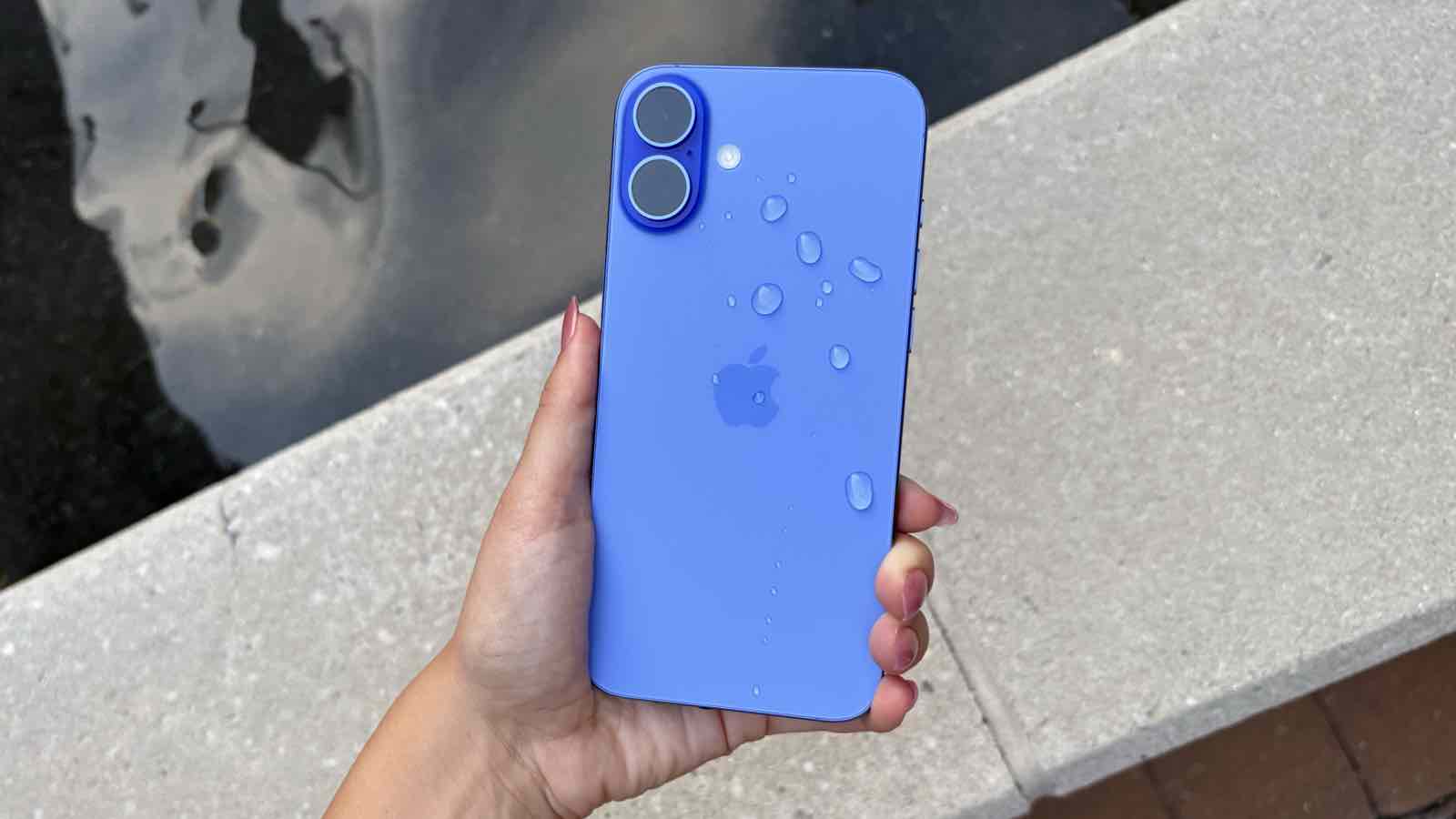Sensory Science: The Quest To Capture And Reproduce Taste Sensations

Welcome to your ultimate source for breaking news, trending updates, and in-depth stories from around the world. Whether it's politics, technology, entertainment, sports, or lifestyle, we bring you real-time updates that keep you informed and ahead of the curve.
Our team works tirelessly to ensure you never miss a moment. From the latest developments in global events to the most talked-about topics on social media, our news platform is designed to deliver accurate and timely information, all in one place.
Stay in the know and join thousands of readers who trust us for reliable, up-to-date content. Explore our expertly curated articles and dive deeper into the stories that matter to you. Visit NewsOneSMADCSTDO now and be part of the conversation. Don't miss out on the headlines that shape our world!
Table of Contents
Sensory Science: The Quest to Capture and Reproduce Taste Sensations
The quest to perfectly replicate the experience of taste has captivated scientists and engineers for decades. Imagine a world where you could experience the rich flavors of a Parisian pastry from the comfort of your home, or savor the taste of a long-lost family recipe without needing the ingredients. This isn't science fiction; it's the rapidly evolving field of sensory science, pushing the boundaries of technology to capture and reproduce taste sensations.
This article delves into the fascinating world of taste reproduction, exploring the cutting-edge technologies and scientific breakthroughs driving this innovative field. From electronic tongues to 3D-printed food, we’ll examine the challenges and triumphs in the pursuit of replicating the complex symphony of flavors that defines our culinary experiences.
Understanding the Complexity of Taste
Before we can replicate taste, we need to understand it. Taste, or gustation, is a complex sensory experience involving more than just our taste buds. Five basic tastes—sweet, sour, salty, bitter, and umami—are detected by specialized receptor cells, but the overall flavor perception is a multifaceted experience influenced by:
- Taste: The interaction of taste receptors with chemical compounds in food.
- Smell (Olfaction): Aromas play a crucial role in flavor perception, with the majority of what we perceive as "taste" actually originating from our sense of smell. Volatile aroma compounds interact with olfactory receptors in the nose, contributing significantly to the overall taste experience.
- Texture: The mouthfeel of food, including its consistency, viscosity, and temperature, significantly influences the perception of flavor. A crunchy apple tastes different from a smooth applesauce, even if they are the same variety.
- Temperature: Temperature impacts how we perceive tastes, altering the intensity and even the quality of flavors.
- Appearance: The visual aspects of food, such as color and presentation, can influence our expectation and perception of taste.
Technological Advancements in Taste Reproduction
Several innovative technologies are at the forefront of the quest to reproduce taste:
1. Electronic Tongues: These devices mimic the human tongue's ability to detect different tastes by employing chemical sensors. They analyze the chemical composition of a substance, providing a profile that can be used to recreate or even modify taste profiles.
2. 3D-Printed Food: 3D printing allows for precise control over the texture and structure of food, enhancing the overall sensory experience. This technology is being explored to create personalized food products with tailored taste profiles.
3. Aroma Delivery Systems: These systems precisely control the release of aroma compounds, enhancing the olfactory aspect of taste. This is vital because smell contributes significantly to our overall perception of flavor.
4. Virtual Reality (VR) and Augmented Reality (AR): Immersive technologies are being combined with taste-simulation devices to create a multi-sensory experience, further enhancing the realism of replicated flavors.
Challenges and Future Directions
While significant progress has been made, challenges remain:
- Complexity of Flavor: Replicating the nuanced complexity of real food remains a significant hurdle.
- Individual Differences: Taste perception is subjective, varying significantly among individuals.
- Cost and Accessibility: Current technologies are often expensive and not widely accessible.
Despite these challenges, the future of taste reproduction is bright. Researchers continue to explore new technologies and approaches, pushing the boundaries of sensory science. The ultimate goal isn't just to replicate existing tastes, but to create entirely new flavor experiences, potentially revolutionizing the food industry and the way we experience food itself. The journey to perfectly capturing and reproducing taste sensations is ongoing, but the potential rewards are immense.

Thank you for visiting our website, your trusted source for the latest updates and in-depth coverage on Sensory Science: The Quest To Capture And Reproduce Taste Sensations. We're committed to keeping you informed with timely and accurate information to meet your curiosity and needs.
If you have any questions, suggestions, or feedback, we'd love to hear from you. Your insights are valuable to us and help us improve to serve you better. Feel free to reach out through our contact page.
Don't forget to bookmark our website and check back regularly for the latest headlines and trending topics. See you next time, and thank you for being part of our growing community!
Featured Posts
-
 Is The I Phone 17 Air The New King Of Thin Smartphones Spec Analysis Suggests Yes
May 19, 2025
Is The I Phone 17 Air The New King Of Thin Smartphones Spec Analysis Suggests Yes
May 19, 2025 -
 Egypts First W Hotel Landmark Developments Progress Report And 2025 Launch
May 19, 2025
Egypts First W Hotel Landmark Developments Progress Report And 2025 Launch
May 19, 2025 -
 New York Times Connections May 18 2024 Help For Puzzle 707
May 19, 2025
New York Times Connections May 18 2024 Help For Puzzle 707
May 19, 2025 -
 Real Madrids Dynamic Duo Mbappe And Bellingham Secure 2 0 Win Against Nine Man Sevilla
May 19, 2025
Real Madrids Dynamic Duo Mbappe And Bellingham Secure 2 0 Win Against Nine Man Sevilla
May 19, 2025 -
 Vardys 200th Goal A Perfect End To His Leicester Career
May 19, 2025
Vardys 200th Goal A Perfect End To His Leicester Career
May 19, 2025
